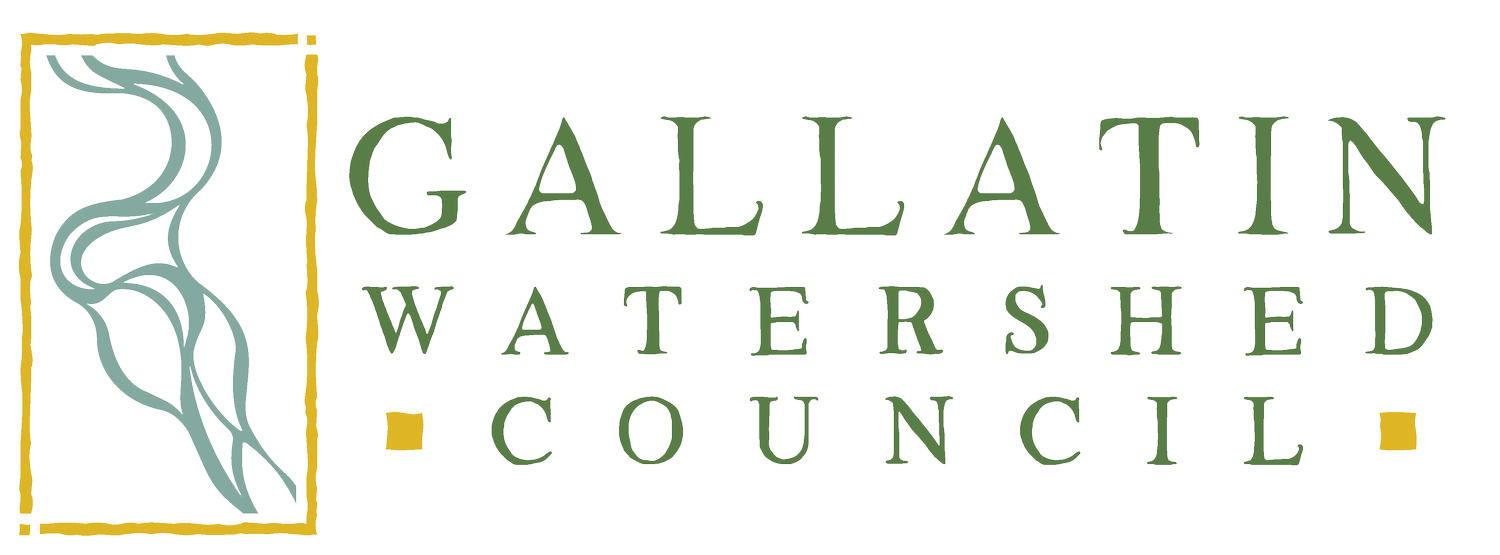Steward of the Month: Lynn Mugaas
Meet our Steward of the Month, Lynn Mugaas! Lynn is a part of the IAWP Busy Beavers volunteer team, and was awarded “Most Educated” at our volunteer appreciation event, as she has attended every educational workshop. She shows up to every volunteer event with a smile - ready to work, and ready to learn! Thanks Lynn! Learn more about this Watershed Steward below:
“I was raised on a cattle ranch near Wise River, Montana. The natural world has always been an interest of mine. As a child I cobbled together some scraps of wood to make a crude nest box. To the great pleasure of my mother and I, Mountain Bluebirds soon moved in. Over the years I became more adept at birding and identifying wildflowers. We lived in West Virginia when I retired, and I immediately joined classes to become a Master Naturalist. That led to my participation in some fun activities: (1) monitoring Saw-whet Owl nest boxes, (2) checking live-traps for small mammals in Cranberry Glades, a high-altitude wetland, (3) best of all, 5 years surveying the Odonates (dragonflies and damselflies) of West Virginia. The specimens I collected contributed to the West Virginia Odonate Atlas. The Atlas contains a page for each of West Virginia’s 144 species. Each page includes a color photograph of the featured species, a state map showing the counties in which it was collected, and the months it was active. Since living in Bozeman I volunteered for a phenology study in Yellowstone National Park. I did field work setting and emptying invertebrate traps for one year, and for two seasons, sorting trapped invertebrates, with the aid of a microscope, into 11 groups.to aid experts in their final identification. I hope I can continue volunteering to help enhance IAWP and other waterways, doing anything I can, from pulling weeds to counting wildlife.”
Q & A
What is your favorite thing to do within the watershed?
Looking for birds, and Odonates that use wetlands, streams, and ponds around the Gallatin watershed.
What element of the IAWP restoration project excites you the most?
The IAWP restoration will promote greater use of the area by birds, beavers, insects and other animals. I hope part of the plan will be to plant native wildflowers and shrubs. I am anxious to share the milkweed and evening primroses that overwhelm my yard.
What’s your favorite book?
Ben Goldfarb. 2018. Eager: The surprising life of beavers and why they matter

